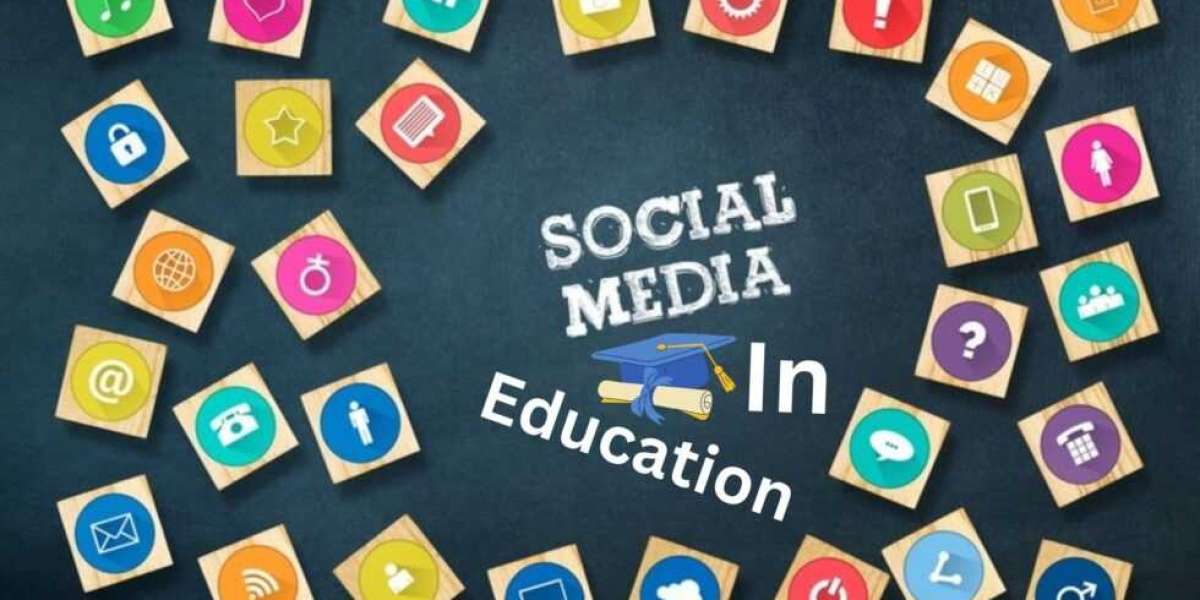Social Media in Education

Today, we can see educational institutions adapt these developments into their systems and leverage team resources and mechanisms to improve students’ lives. Using social media in education helps students, teachers and parents get more useful information, connect with learning groups and other education systems that make education convenient.
Social networking tools provide many opportunities for students and organizations to improve the way they learn. Through these networks, you can integrate social media plugins that allow sharing and interaction. Students can benefit from online tutorials via YouTube, online courses from foreign universities via Skype, and many resources shared via social media.
Top Social Media For Education:
These top social media sites are free, easy to use, and provide teachers and students with many opportunities to connect, create, share, and learn from each other.
- Brainly
- Edublog
- Litpick
- TikTok
- ClassHook
- Edmodo
- Edweb
- Youtube
- Google docs
Advantages and disadvantages of Social Media in Education
Advantages of Social Media:
- They provide students with an open collaboration platform
By using social media for education, students have the opportunity to collaborate openly. They are free to express and present their views or opinions on these platforms. Oftentimes, the collaboration between tutors and peers on social media is better than face-to-face.
- Increase engagement
Social media is king when it comes to generating engagement. As students are familiar with increasingly popular platforms like Instagram and Facebook, they will be more comfortable expressing themselves. Chatting over videos, photos or comments is something they know inside and out. Since they will be more interested in learning this way, they will be more engaged.
Disadvantages of Social Media:
- Being easily distracted
When social media is used for education, students have difficulty maintaining their attention span. Social media platforms are a sea of content. With this type of exposure, students can be distracted by non-academic content. However, it also gives you the opportunity to train students in self-management. They will eventually learn to navigate to overcome distractions and increase their productivity.
- Lack of control
Without physical contact, it can be difficult for teachers to control student activities. Suffice to say, direct supervision becomes almost impossible. Sometimes students may not do well in such situations. The way students can learn in the direct presence of a tutor is different from how students learn on their own.
Use of Social Media in Education
Use a Facebook Page to broadcast updates:
Facebook could be the perfect social media platform to integrate into the classroom. Instead of taking instructors and students through a new learning curve when dealing with a traditional online classroom dashboard, stick to what everyone already knows.
Ask students to follow the class Facebook page, and instructors can use it to post class updates, share assignments, and encourage discussion.
Use a Facebook Group to stream live lectures:
Instructors can also create Facebook groups for each of their classes, public or private, and broadcast lectures on Facebook Live, post discussion questions, assign assignments, and announce class announcements. Keep students engaged during school holidays or snowy days by posting reminders and assignments to avoid having to review after class returns from recess.
When using social networks for education, it is important to ensure professional boundaries, so when creating a Facebook group, teachers do not need to send friend requests. Email parents and students a direct link to the Facebook group to access.
Use Twitter as a class:
Twitter can be ideal as a discussion board or bulletin board for a classroom. Teachers can only create one Twitter account per class and reuse it each year, or they can create a new account each school year. The 280 character limit prompts students to think critically about how to communicate succinctly and effectively, a skill that is beneficial to develop.
Teachers can use Twitter to post homework reminders or share inspirational quotes and helpful links to practice quizzes or resources.
Teachers can also create Twitter discussions and chats around a specific hashtag he creates.
Use Instagram In Education:
In a photo intensive class, students can use Instagram to showcase a series of photos or graphics in a visually appealing way. Instagram allows students to practice digital storytelling in a way that other social media platforms might fail.
Students can create classroom-specific Instagram accounts and can delete them after school if desired.
Create a class blog:
Writing blog posts gives students another outlet for digital content that they can then easily link to social channels in the classroom. There are various platforms, such as WordPress, SquareSpace, Wix, Blogger, Tumblr, or Medium, where teachers can create classroom blogs. Students can create their own user accounts to post discussion messages or add comments to class reminders.
The course outline and all assignments, updates and resources can also be shared on the blog as a central location.
Share school events and photos:
If you want to attract new students and parents to your school, share photos and events on campus to show what they can expect.
Highlight extracurricular events and activities that can make your school stand out from the crowd. While school and university websites tend to follow the same pattern, social media allows you to be more unique and laid-back.
LinkedIn for Building Networks:
When it comes to networking, LinkedIn is an indispensable resource. Schools often maintain a presence on LinkedIn, and there are many official LinkedIn groups geared toward smaller niches within the larger community. You’ll see LinkedIn groups dedicated to alumni, veterans, colleges, departments, degree programs, and extracurricular interests. You’re sure to find a group or two that suit your personal preferences.
Students do not have to wait until graduation to start networking. If you started participating in relevant LinkedIn groups while still a student, you would have built a solid network by the time of graduation.
Even after you graduate, you will likely want to stay connected with your school community. They will learn about benefits such as alumni events and gain access to a nationwide network of students, graduates, faculty and other staff. Leverage your school connections to build a great professional network. You never know when a former student or former teacher might be able to help you in your life or career. They can give you the perfect job advice, or it might just be helpful advice.
Conclusion
Social media is the latest technology that helps all students to acquire information and knowledge by applying different methods. The use and participation of social media in education helps students, teachers, professors and parents get specific information. They can connect with different learning and education groups and achieve success. If you are still confused about the benefits of social networking and about any topic, you can get help from the home writers right away. These writers can help you on any topic no matter whether you are in school, college or university.







